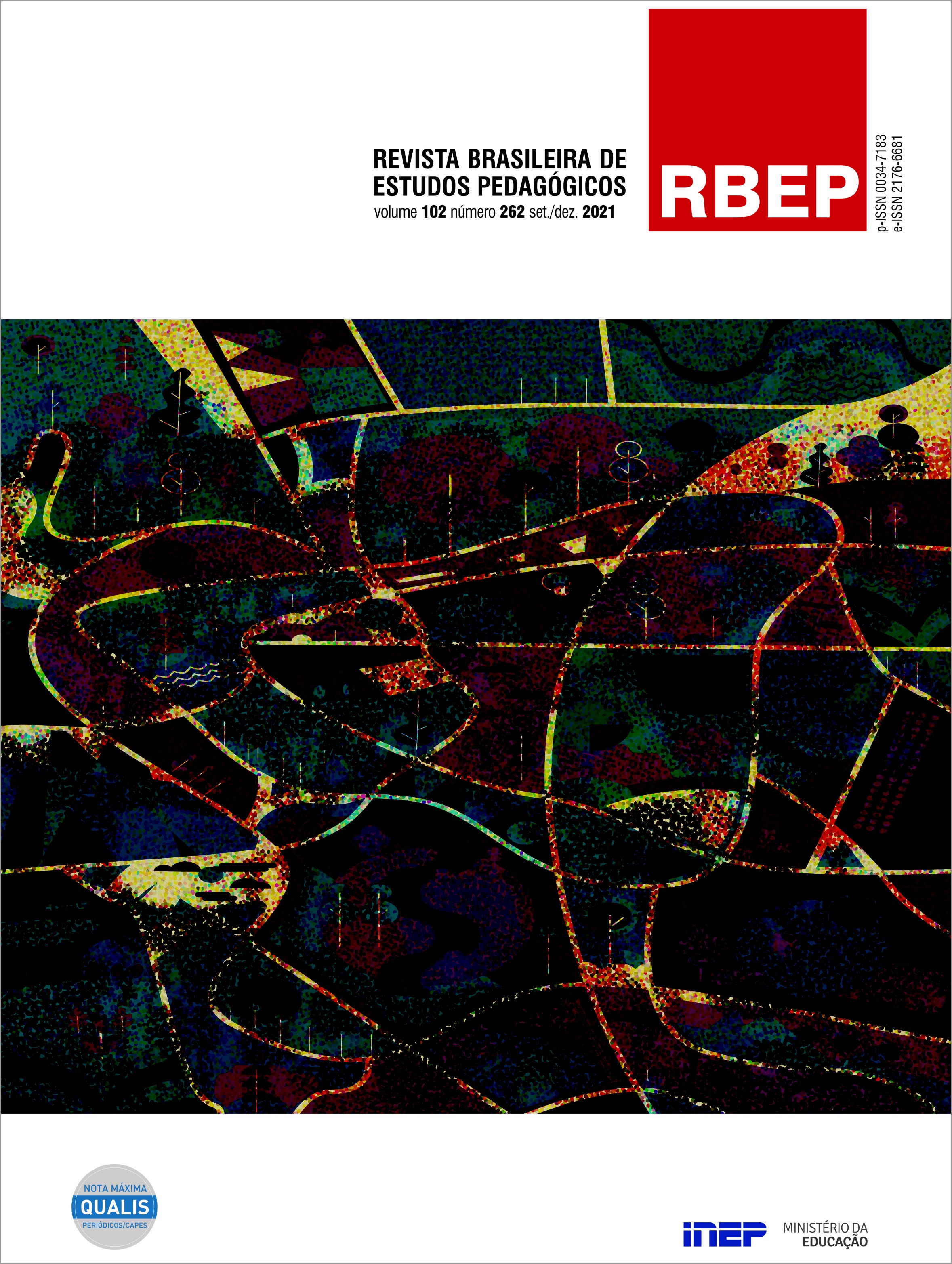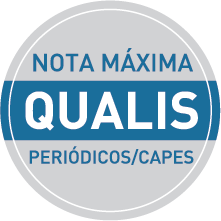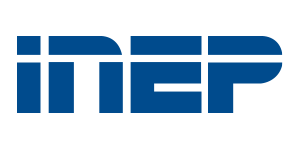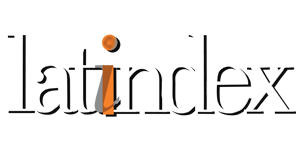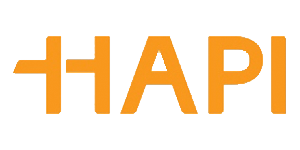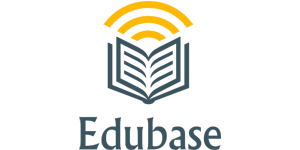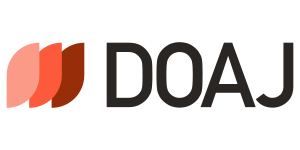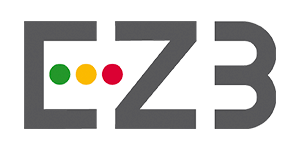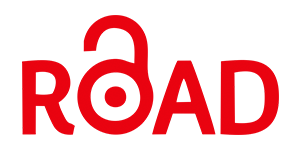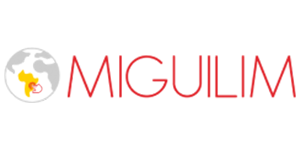Agroecology and Pedagogy of Alternation: a case study of the Technological School of Fraiburgo, Santa Catarina
Abstract
The aim of the research was to understand how the teaching of agroecology in an agricultural school, under the Pedagogy of Alternation, has influenced the teaching-learning of students and how it has affected the family and community scope. The quantitative methodology was used with the application of a questionnaire to students and qualitatively based on open and structured interviews with students, teachers, parents, and people linked to the foundation of the school. The teaching-learning process based on the interaction with the local reality, as proposed by the method “School Time and Community Time” applied in Pedagogy of Alternation, proved to be effective because it has a greater connection with the relationships in the field. Respondents report that this methodology has provided greater exchanges of knowledge with the family and the community, which can positively influence the forms of cultivation based on a new way of thinking. However, it was found that there is a distortion related to local agricultural practices and the teaching of agroecology. According to students and parents there is a need to make the agroecological transition, as many still follow conventional cultivation practices, which makes it difficult to use the knowledge acquired by students. It is understood that the change of paradigms is made gradually and the Pedagogy of Alternation applied to the teaching of agroecology can help in the improvement of practices for changes to occur.
Downloads
Copyright (c) 2021 Brazilian Journal of Pedagogical Studies

This work is licensed under a Creative Commons Attribution 4.0 International License.
Once their work is accepted for publication, author’s copyrights are automatically relinquished to the National Institute for Educational Studies and Research Anísio Teixeira (Inep).
Since 2016, the journal Revista Brasileira de Estudos Pedagógicos (RBEP) uses the licence CC-BY.
Partial or total reproduction of the content of this Journal is permitted provided that the original publication is properly referenced, as well as a link to license CC BY 4.0 and to indicate any possible alterations made to the article.

